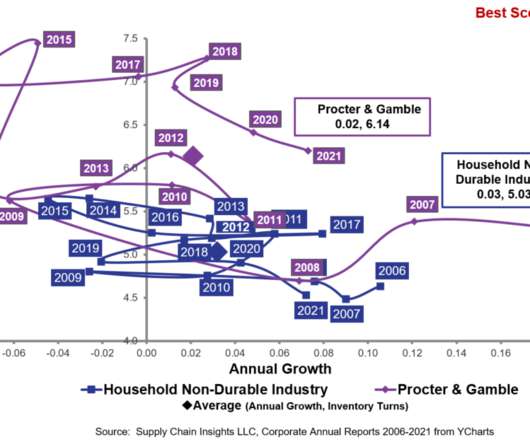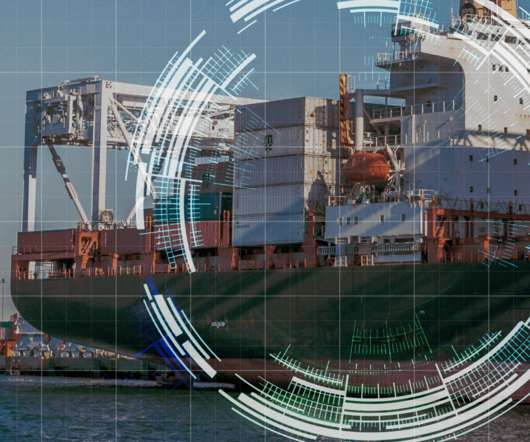How to Protect Your Carrier Assets During Capacity Crunch
Talking Logistics
MARCH 2, 2017
Rather, it’s about winning the ongoing competition between shippers and third party logistics (3PLs) providers to secure those assets in order to maintain supply chain velocity. Next, align your service level expectations by rewarding outstanding performance and standardizing metrics about on-time delivery, invoice accuracy and communication.
















Let's personalize your content